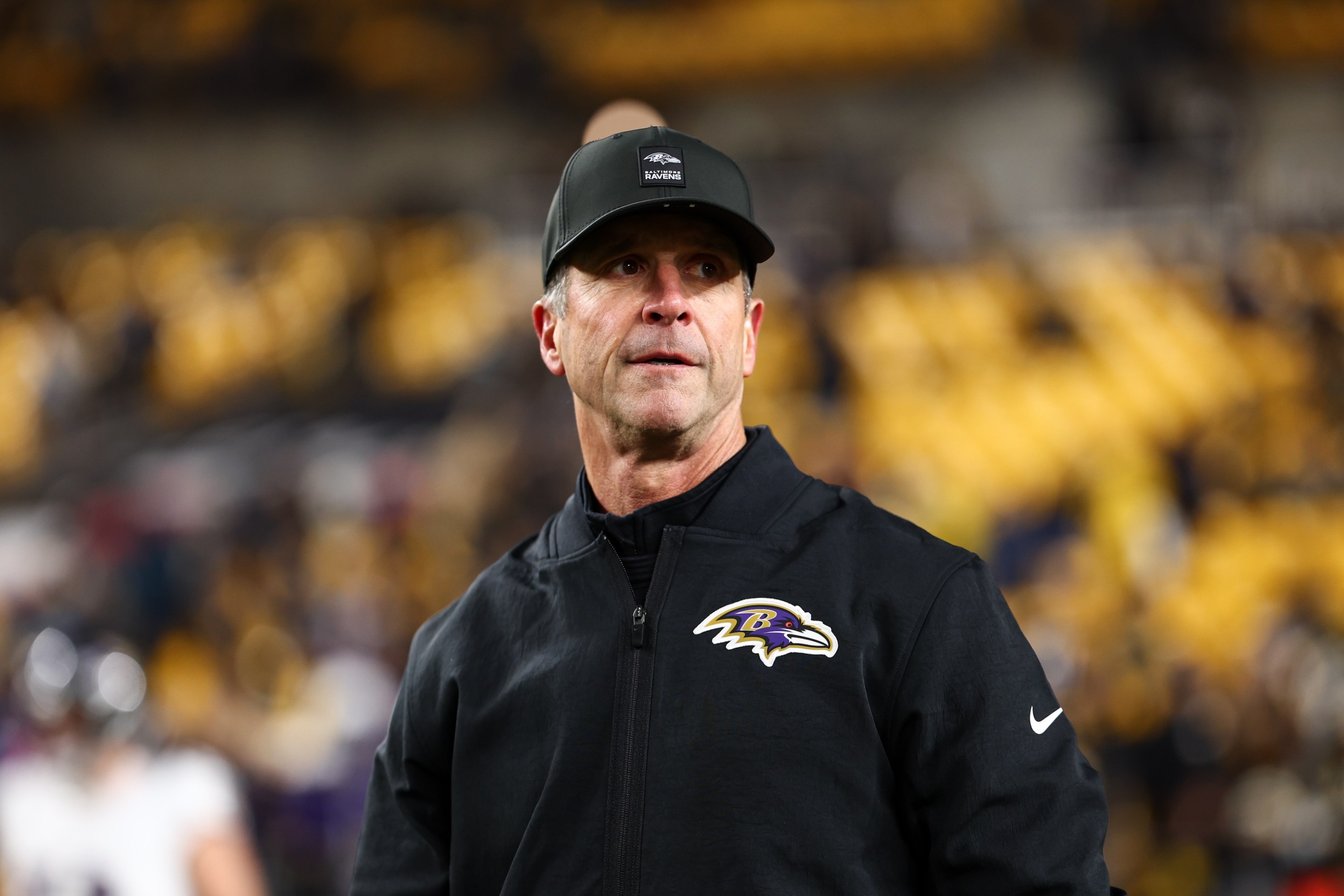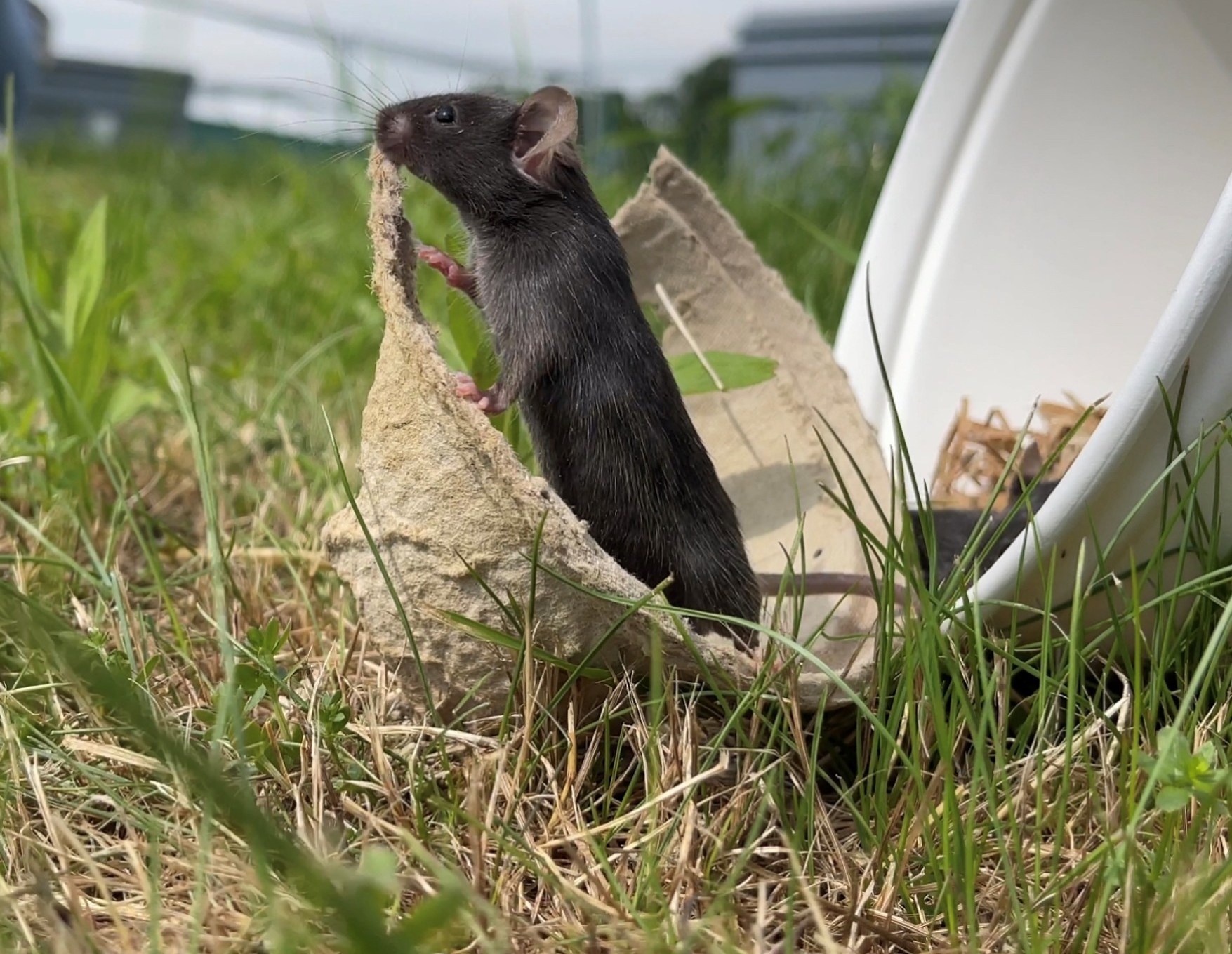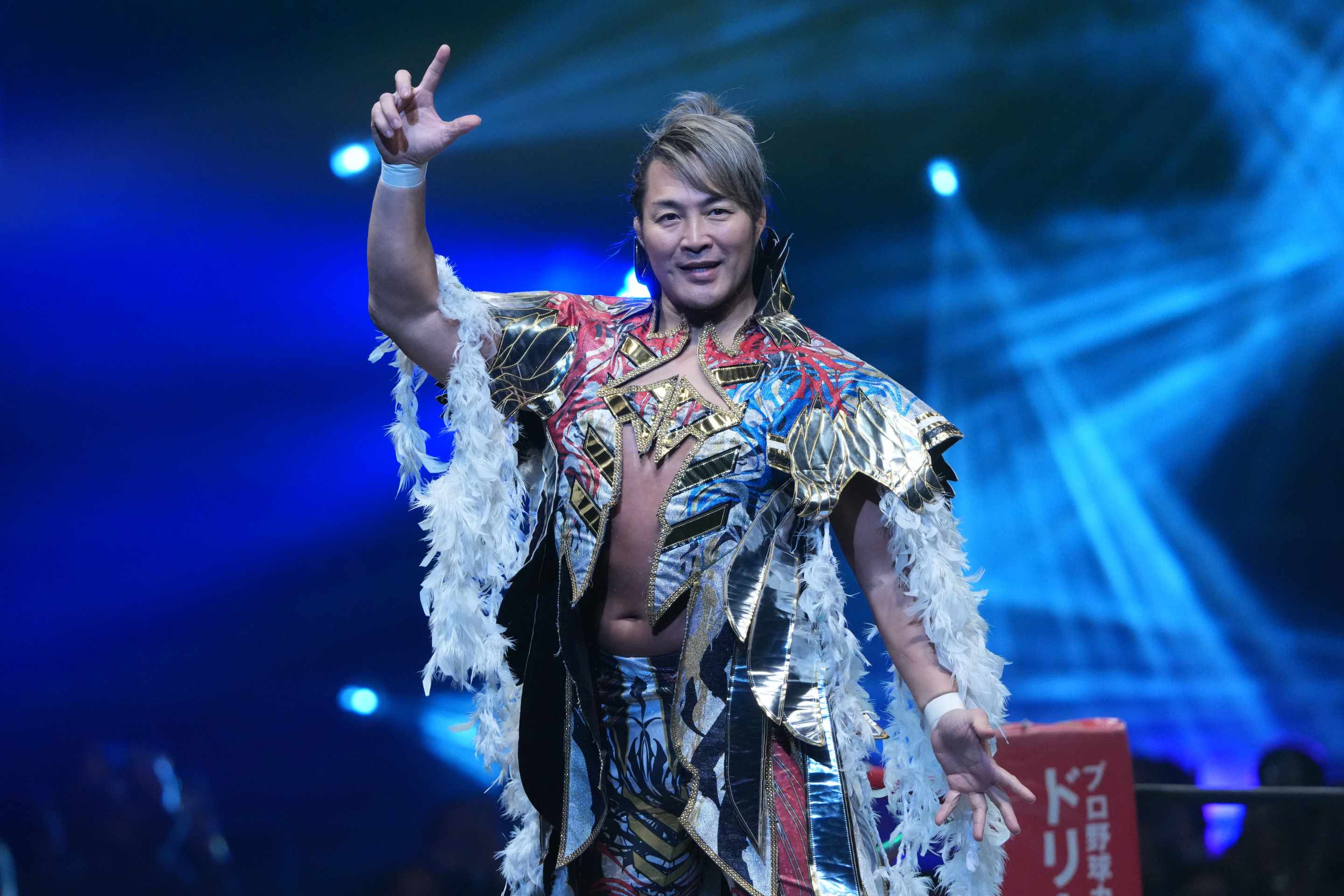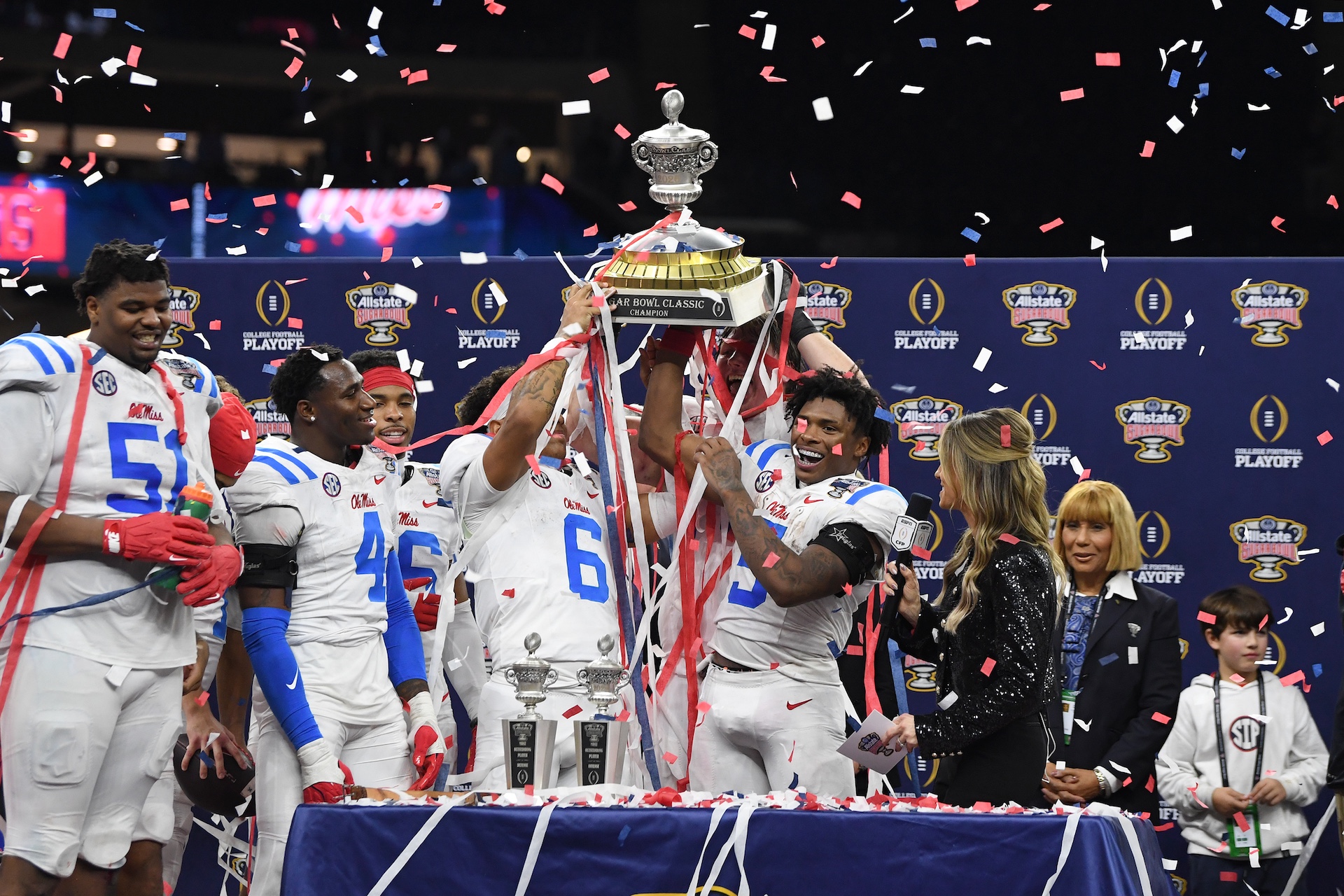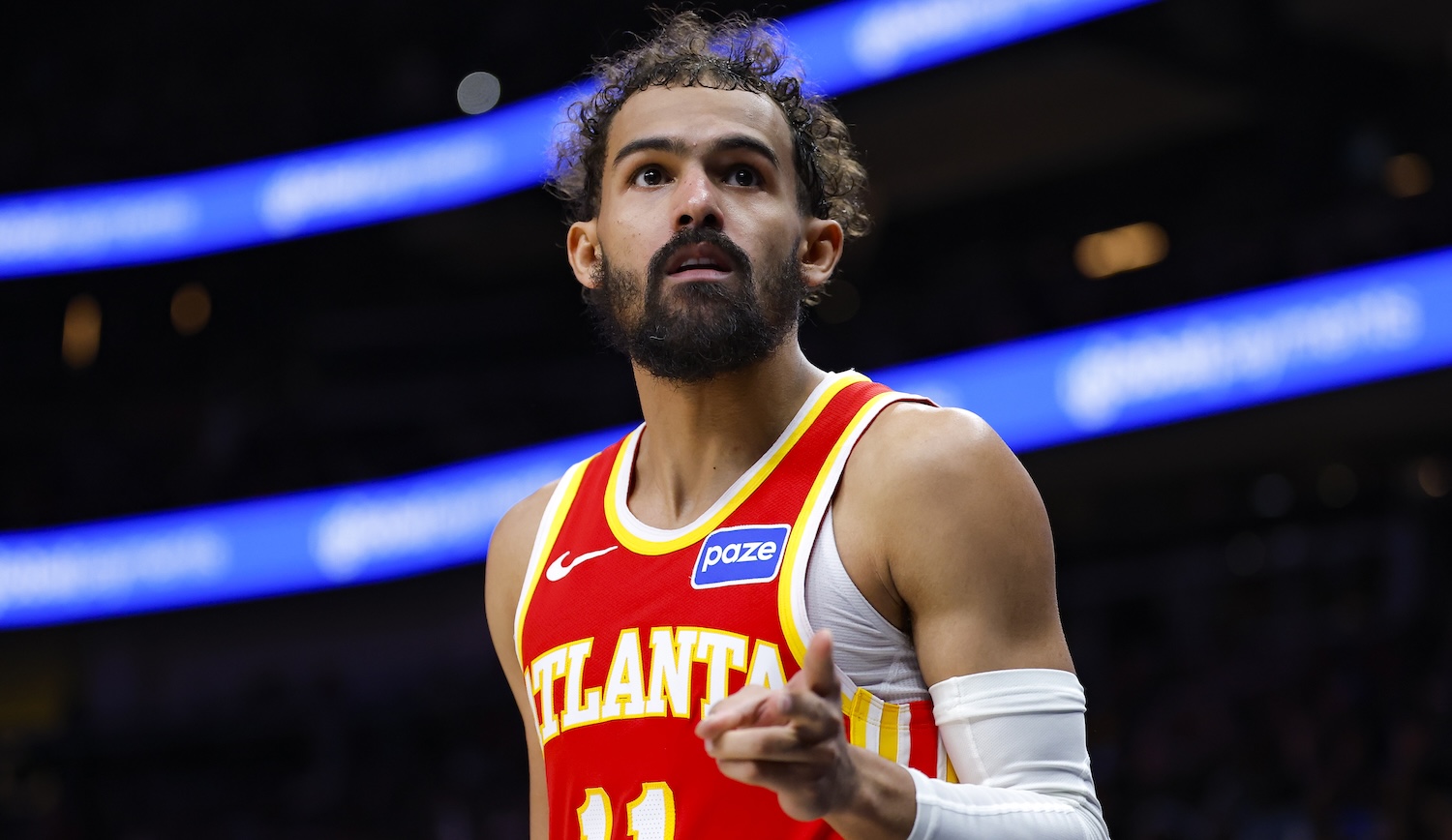The 112th edition of the Tour de France starts this weekend. La Grande Boucle is the biggest deal in cycling by a considerable margin, which means that a mass audience of non-enthusiasts will tune in for their first and only taste of road racing of the year, watch the beautiful scenery fly for five-plus hours, and shrug their shoulders, not quite having understood the appeal.
It seems simple: One rider crosses the line before the others. I'm somewhat sympathetic to the skeptic's position here, not because it is correct, but rather because the visual and technical language of cycling is remarkably distinct from every other major sport. Cycling is a nested suite of sophisticated maneuvers masquerading as a straightforward fitness contest. The Tour de France, more than any other race, typifies this.
What is the Tour de France? It is an odyssey. It is a team sport that lionizes the spirit and strength of the individual. It is poker on two wheels, played at the outer limit of human performance. It is simultaneously a marathon and a sprint. It is a marketing stunt conceived to exploit the media paradigms of the 19th century that remains effective under those of the early-mid 21st. It lasts almost a month. It is a race between 184 riders for 21 stages, four jerseys, and scores of other prizes ranging from a handful of Euros to a lifetime of glory. It is necessarily different every single year. It is the purest and most succinct expression of the freedom and pain of riding a bike, offering postcard-perfect access to sweeping Pyrenean vistas, bucolic fields of sunflowers, and glacially scoured Alpine valleys, beauty given real stakes by the gnarled grimaces of the suffering riders and the omnipresent specter of the next catastrophic crash. Here is how to watch it.
The first thing to understand is that this all takes place outside, in rain, extreme heat, and, most importantly, wind. The rain and heat can't be avoided, but the wind, to some extent, can. The aeolian element defines the group dynamics of road cycling. A team of scientists recently estimated that riders who are insulated in a large pack will be subject to just 5–10 percent of the air resistance faced by a lone rider. That's what the peloton is: mutually reinforced safety. Some pros say they barely have to pedal when they're amid a large thicket of riders on a flat day. Those who ride out front of a pack or on their own bear the brunt of the wind, and pay the steep energy cost of doing so.
But pedaling hard is what you have to do to win. That is the essential paradox of road racing, and the thing that makes it so fascinating to watch. "Racing is licking your opponent's plate clean before starting on your own," Tim Krabbe wrote. Anyone who sits behind others trades an easier day for a smaller chance of winning; thus, the ideal race is to preserve energy as long as possible, and then expend it. The problem is, every other rider who wants to win is thinking the same thing. How do you know when to go hard and when to chill? You don't. You have to gamble.
The peloton's counterpart is the breakaway, a satellite constantly straining to achieve escape velocity from the pack's gravitational pull. The first thing I pay attention to on any given stage is who breaks away and who chases. There are many reasons to join a breakaway, not all of them obvious. Some breakaways are clearly doomed from their very inception, and the riders only join to put their sponsors in front of TV cameras, give their teammates an excuse not to join in on the chase, or goad a particular opponent into chasing. Some breakaways occasionally succeed, though the success or failure of a move often has less to do with the quality and cohesiveness of its riders and more to do with what happens behind them in the peloton. What the breakaway is betting on is not that the peloton can't catch them, but that no team will take responsibility for chasing them down.
The notion of responsibility is an interesting one, a key part of what makes road cycling so strategically complex. The quick rule of thumb is that responsibility falls to whichever team has the most to lose. In other words, the stronger you are, the more you will have to work. What I like about this system of checks and balances is that it substantiates otherwise clichéd notions of expectation and surprise. The burdens of the champion are literal. The more you win, the harder it is to keep winning.
My favorite type of rider is the domestique, a classification that gets its name from the French word for servant. Every Tour de France team has eight riders, roughly half of whom are there merely to turn themselves inside out in service of their team leaders. Some domestiques are tasked with leading out their sprinters, which means turning oneself into a human launchpad by riding hard to cut through both the wind and the peloton to set the sprinter up for one ecstatic push. Some domestiques are there to help out in the mountains, happily shredding their legs to follow attacks from rival riders. Some are merely responsible for grabbing water bottles from the team car and hanging around the team leader in case they need a wheel.
One of my favorite riders of the current era is Tim Declercq. You will never see him on the podium. Declercq cuts a strange figure for a cyclist, square and broad and imposing in a sport otherwise full of sleek, avian bodies. Declercq's job is to get to the front of the peloton and push a hard pace, steadily, for hours, which he has done better than anyone else over the past decade. His big frame does not cut through the wind so much as displace it. Behind his wheel, some of the best riders of the past decade have taken shelter for hours before emerging, fresh, to rip off a sprint or unload a huge attack on a climb. They call him "El Tractor." Hundreds of breakaways have met their doom under his pedals, which never turn over faster than they need to. He hasn't won a race in 12 years. Learning to love cycling means learning to love riders like Tim Declercq.
This interplay of chase and escape is the rhythm of cycling. Topography is the beat. You may be able to hide from the wind, but you can't dodge a mountain; accordingly, both aerodynamics and teamwork matter less as roads get steeper. Climbing is all about steadiness. You can tell a rider is deep in the pain cave if they are rocking back and forth, gulping for air like a fish. Watch where riders position themselves before the big climbs. See whose wheel they are looking at, or who they're turning around to keep an eye on; that's who they want to destroy.
Where one-day racing offers this dance at a frenetic pace, stage racing slows things down and draws them out. The rider who finishes the race with the lowest combined time across all stages wins, and some days are more decisive than others. The first thing to do when watching a stage of the Tour or any other stage race is look at the profile, starting from the end—which conditions the riders' strategies—and working backward in an attempt to get a rough picture of how the day will go. Does the stage finish on a flat road or on a hill? How much total climbing is there? What are the hardest parts of the stage and how are they distributed? Assume flat roads mean cohesion and climbs mean dispersion. A summit finish will necessarily have time gaps. A flat finish will almost certainly end in a sprint.
Each day's racing colors the dynamics of the following day. Did one team overexert themselves chasing down a long breakaway? Might be a good day to test your legs, and theirs, in the next day's break. Has your primary rival been over-exuberant about chasing down every possible attack in an ostentatious show of strength, despite having weaker teammates than you? Send a climbing domestique up the road in the break, link up with him, and take turns tricking said rival into sawing off his own legs.
Every stage suits a different type of rider. Victor Campenaerts trained at altitude for nine weeks ahead of the 2024 Tour de France. His goal was not the general classification (the track of all the riders' overall times), or one of the four jerseys; it was a single stage, Stage 18. If he crashed or got sick on any of the previous 17 stages, all that training would be for nothing. If he got unlucky and missed the day's breakaway, he would have wasted his time.
Campenaerts's wife gave birth during the altitude camp, at the foot of the climb in Granada. When he rolled into Barcelonnette in a breakaway with two others, he pretended to be tired, forcing them to take turns plowing into the wind. He won the sprint. His season and his career were both validated. Nobody will remember who finished second that day.
Most stage races last one week, but the three Grand Tours, of which the Tour de France is the king, last three. That creates beautiful tactical complexity; Campenaerts would not have been allowed to get into that breakaway if he was contending for the general classification and was therefore a threat to take meaningful time. One-day racing means every rider is going for the same thing, but its the quilted, uneven array of expectations that gives Grand Tour racing its charm. Sometimes you will have a general classification contender happily ride themselves to powder, knowing they're handing the stage win to some hanger-on, because their goal is time, not a win in that stage.
I like watching cycling because there is so much nobody can prepare for. As a viewer you can memorize the route and the profile, study up on the riders, check the race against every relevant historical precedent, but you'll never be able to fully predict what is going to happen, because it's the riders who animate it. The preparation is fun, but not as fun as having it all made irrelevant. That's why I watch. No other sport offers such a blend of complex racing tactics and impressive physical exertion. Nothing is this different from itself, edition upon edition. Here's to three weeks of it.


